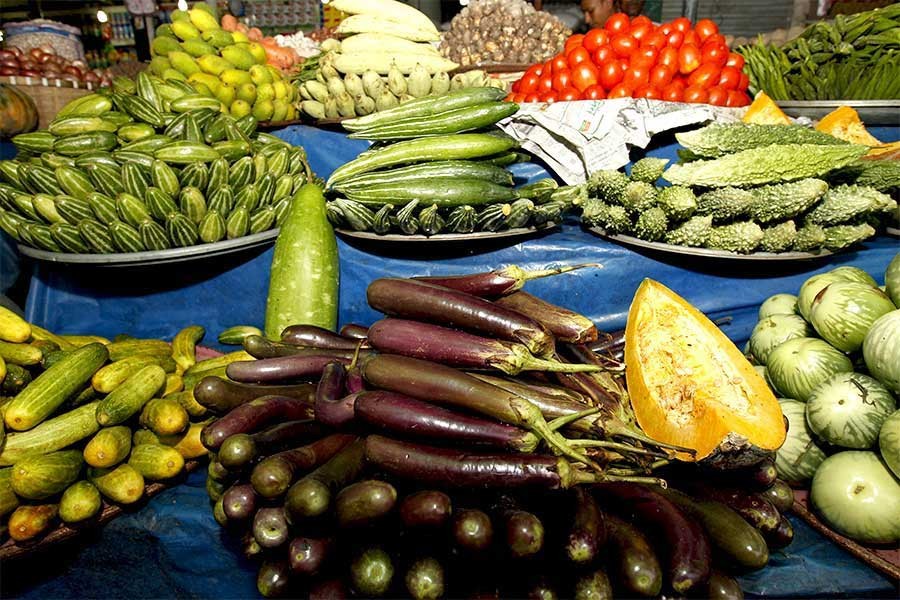How much should be the price difference between famers' and consumers' levels? It depends on several factors such as distances a produce traverse from farms to ultimate destinations and then the type of destinations such as urban and rural. Also, the transports used for carrying the perishable farm items decide to a large extent the price difference. These along with a few others such as labour costs are unavoidable heads under which the price adds up to the price limit at the farm level but then there are hidden costs in countries like Bangladesh in the form of illegal toll both social parasites and the law enforcement agencies realise on the way. Yet it is the intermediaries or middlemen (fariahs) who in most cases take the lion's share. The combined impact on price escalation is so outrageously high that different vegetables priced at Tk 10-20, for example, at Gaibandha ultimately have the selling price of Tk 60-70 at Kawran Bazar.
Are such price gaps reasonable? Of course, they are not. The Department of Agricultural Marketing (DAM) carried out a study recently to see where things go awry. Released on the eve of the three-day (February 28-March 2) national vegetables fair at Khamar Bari, the findings have pointed accusing fingers at the intermediaries and illegal toll collectors for the abnormal price differences. Of course, high transport costs have been referred to. To go by the agriculture minister's claim, the country is credited to have produced seven times more vegetables over the past 12 years and thus become the third highest producer of vegetables in the world. The next goal for the country is to raise the export quota of vegetables in order to earn a substantial amount of foreign exchange.
Before setting lofty goals, let the domestic market be brought in order. The DAM has put forward seven recommendations for doing this. Of them, one is to increase government monitoring of the wholesale market; the other is to ensure transparency of activities of the market committees and law enforcement agencies and next is to reduce transport fare. What about the middlemen or intermediaries? In fact, of the price escalation, the highest portion happens at this stage. This paper has suggested through this column elimination of the intermediaries. If the Bangladesh Road Transport Corporation readies a fleet of trucks to carry vegetables and fruits from the farms to the urban centres on a sustained basis, two purposes can be served at a single stroke. The middlemen are eliminated and transport costs reduced. Additionally, the BRTC can make profit. The other option is to form farmers' cooperatives in vegetable-growing regions and hand over the ownership of trucks to the cooperatives at a certain stage with the opportunity of instalment payment. However, the best option is to add vendor compartments to each passenger train, following the system prevalent in India. This brings down carrying costs to the minimum.
The government cannot directly intervene in the market. But it surely has the responsibility to protect its farmers. Logic dictates that growers should receive the major share of profits in any transaction of their produce. Since it is contrary to this economic justice, elimination of middlemen, extortionists and transport support can prove highly effective. In this context, the DAM can study the price difference of vegetables and fruits between the levels of growers and consumers in neighbouring countries, India in particular, where vendor compartments carry farmers' produce.


